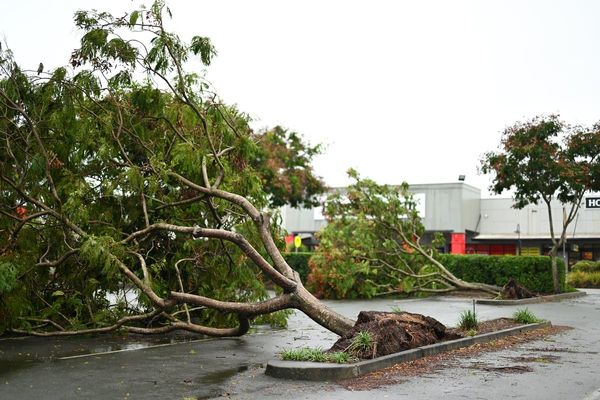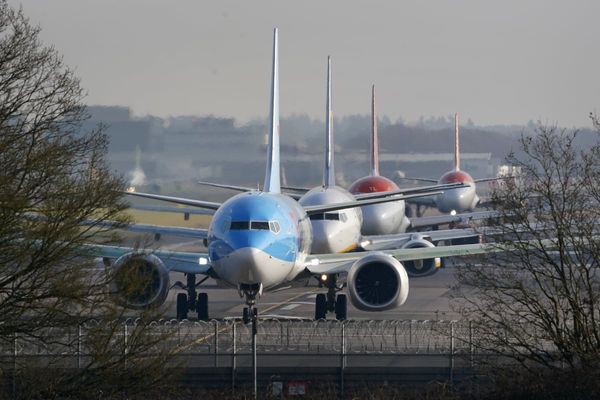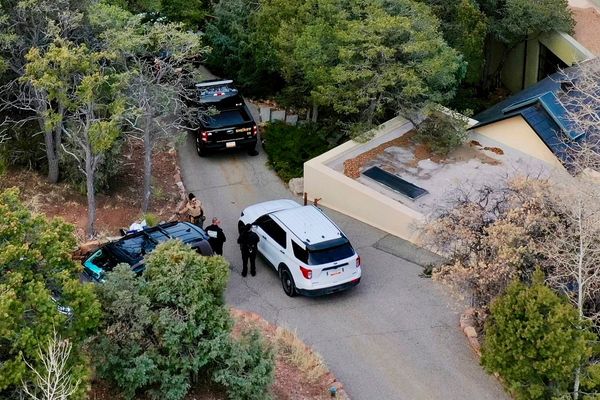At least 24 people have been killed and 27,000 evacuated as wind-fuelled wildfires continue to ravage South Korea's southeast.
Among those dead were four firefighters and government workers, who were killed in Sancheong on Saturday after being trapped by the fast-moving flames.
Acting President Han Duck-soo called the fires "unprecedented" and said the damage caused by the flames could be among the worst in the country's history.
"We have to concentrate all our capabilities to put out the wildfires in the rest of this week,” Han said, adding that crews deployed were struggling to extinguish the blaze due to strong winds that swept through the affected areas overnight.
About 4,650 firefighters, soldiers and other personnel were working Wednesday to extinguish the wildfires with the help of about 130 helicopters.
The largest fires were in Andong, the neighbouring counties of Uiseong and Sancheong, and the city of Ulsan, according to South Korea's Interior Ministry.
About 43,330 acres have been burned and 19 people injured, the government’s emergency response centre said.
A blaze in the town of Uiseong destroyed the Gounsa temple, originally built in the 7th century.
Among the destroyed structures were two state-designated “treasures" — a pavilion-shaped structure built on a stream in 1668 and a Joseon Dynasty structure from 1904.
The temple’s another state-designated “treasure,” a stone Buddha statue reportedly manufactured in the 8th century, was evacuated to a safe place, according to government and Buddhist officials.
Officials also said a helicopter crashed in the town during efforts to contain wildfires in the hard-hit area.
The Korea Forest Service said rescue efforts were underway and it was presumed that the aircraft was operated by one pilot with no crew members.
Officials from the agency raised its wildfire warning to the highest “serious” level nationwide Tuesday.
The designation requires local governments to assign more workers to emergency response, tighten entry restrictions for forests and parks and recommend that military units withhold live-fire exercises.
Government officials suspect human error caused several of the fires, possibly due to the use of fire while clearing overgrown grass in family tombs or sparks from welding work.







